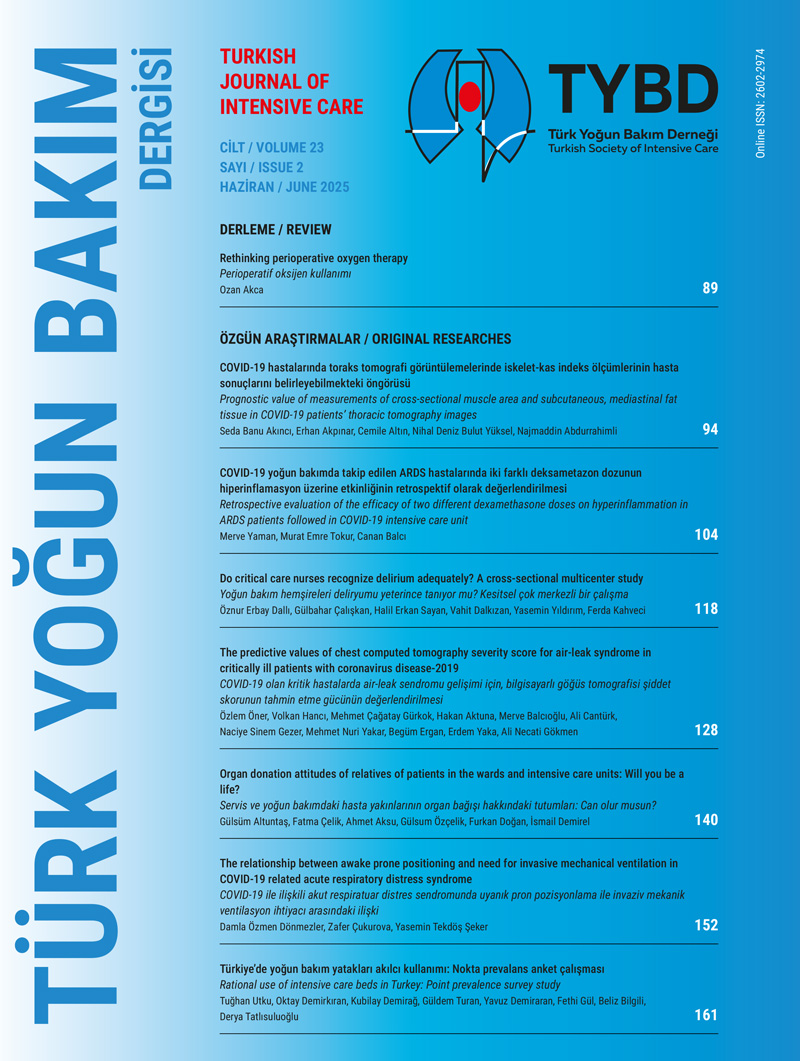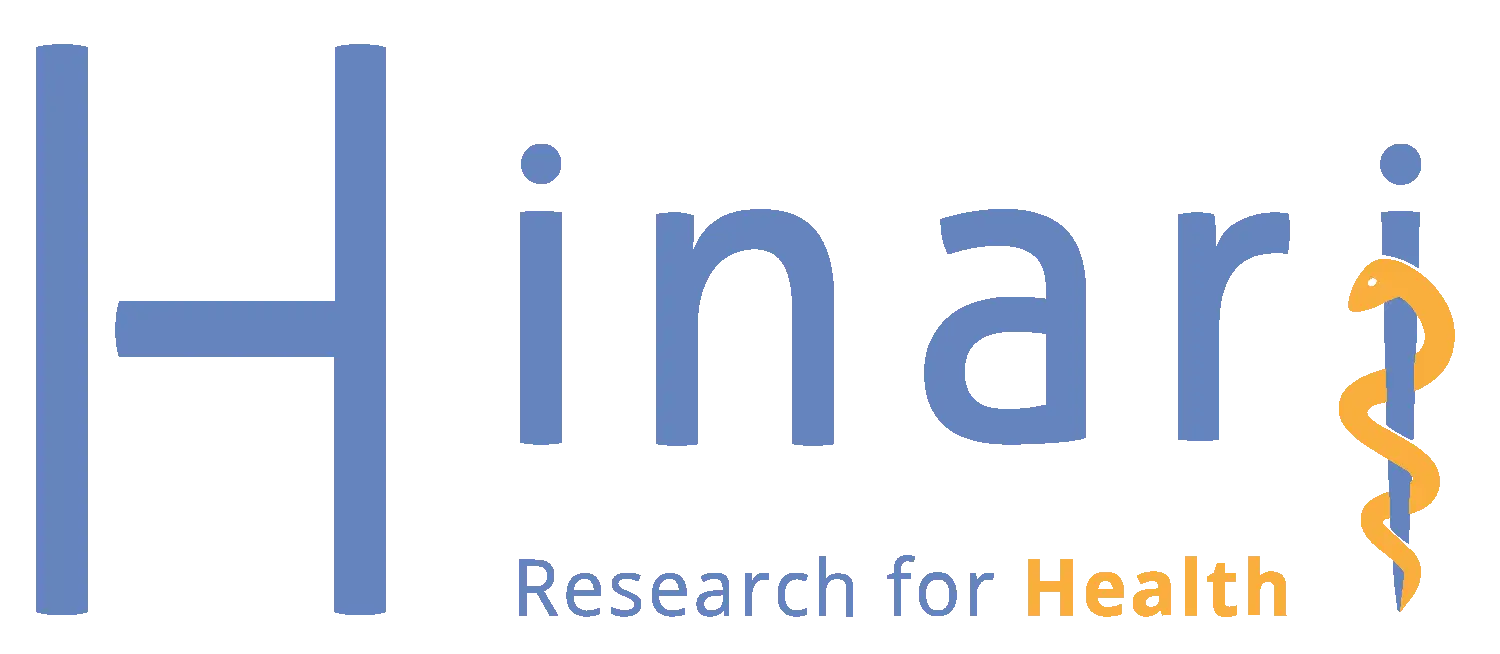Abstract
Oxygen administration is foundational in anesthesiology and perioperative medicine, yet growing evidence challenges the routine use of high inspired oxygen concentrations. While preventing hypoxia remains essential during induction, emergence, and perioperative urgencies, both hypoxia and hyperoxia carry significant risks—including inflammation, oxidative stress, vasoconstriction, and impaired organ perfusion. These effects are especially pronounced in high-risk surgical patients. Recent advances in noninvasive hemodynamic and oxygenation monitoring now allow dynamic, individualized titration of oxygen delivery (DO2), moving beyond conventional SpO2 targets. Guidelines from cardiovascular societies increasingly support focused oxygenation goals during perioperative cardiac and cerebro-vascular emergencies. In the context of perioperative complexity and management of high-risk patients, anesthesiologists are uniquely positioned to lead a shift toward goal-directed oxygen therapy. Recognizing oxygen as a dose-dependent drug offers an opportunity to optimize outcomes through a nuanced, physiology-informed approach to intraoperative and perioperative care.
Keywords: oxygen, oxygen delivery, hypoxia, hypoxemia, hyperoxia, surgery, hemoglobin, cardiac output, blood pressure, acute kidney injury, organ injury
Introduction
Oxygen, defined as the ‘vital essence of life’ by Joseph Priestley in 1774, has long been central to medical practice. Over the centuries, our understanding of its physiological roles and therapeutic applications has expanded significantly. Recently, we started exploring when and how to adjust its dose and explore the outcomes of oxygen therapy. While oxygen is essential for survival, the balance between insufficient oxygen (hypoxia) and excessive levels (hyperoxia) end up being critical. Both extremes -in other words, outside of the dose range- may cause tissue and organ damage, and situational - environmental factors may further exacerbate the damage.
Oxygen debt
Hypoxia exacerbates inflammation by stabilizing nuclear factor-κB and increasing the expression of Toll-like receptors, thereby attracting inflammatory cells. This cascade amplifies sterile inflammation, as seen in myocardial ischemia-reperfusion injury, resulting in collateral tissue damage (1).
Oxygen excess
Conversely, hyperoxia is increasingly recognized as harmful. Excess oxygen can trigger oxidative stress and endothelial dysfunction, inhibit nitric oxide synthase, and reduce nitric oxide availability (2,3). These effects lead to prominent vasoconstriction in cerebral and coronary arteries, reduced cardiac output, and impaired organ perfusion. Hyperoxia can facilitate neutrophil migration and exacerbate the reperfusion injury by promoting reactive oxygen species (ROS) production (4).
Perioperative period, inspired oxygen & oxygenation
In perioperative care, oxygen management is particularly critical. During intubation and extubation of the airway, high inspired oxygen concentrations are required to prevent hypoxia resulting from apnea or hypopnea. During surgery and maintenance of anesthesia, high oxygen concentrations may help to reduce surgical site infections (5,6). Perioperative pain may further decrease tissue oxygenation (7). Although there is some controversy (8), CDC and WHO recommend using high inspired oxygen concentrations during the perioperative period (9,10).
Diminished oxygenation during critical moments in surgery can impair cellular metabolism, leading to ischemia, mitochondrial dysfunction, and organ failure. For instance, low oxygen delivery (DO2) during cardiopulmonary bypass has been associated with acute kidney injury, prolonged mechanical ventilation, and poorer outcomes (11). However, there is also emerging evidence linking supraphysiological oxygen levels to pulmonary, renal, and myocardial injuries perioperatively (2).
Oxygenation in high-risk patients
Ensuring adequate oxygenation in high-risk patients is essential, as insufficient oxygen delivery and resulting tissue hypoxia during surgery can lead to cascading effects on multiple organ systems. Hypoxia not only compromises cellular energy production but also triggers inflammatory responses (1). These processes can accelerate organ dysfunction, increase perioperative morbidity, and prolong recovery times. Consequently, respected guidelines from international cardiovascular societies now emphasize the importance of maintaining adequate DO2 levels during cardiac procedures (12). Expanding these principles to non-cardiac high-risk surgeries, such as major abdominal and orthopedic operations, could significantly mitigate complications and improve patient outcomes.
Perioperative monitorization of oxygen delivery
Technological advancements are enabling monitoring of DO2 minimally invasively, offering an opportunity to minimize the risks of both hypoxia and hyperoxia. Real-time continuous monitoring tools, such as non-invasive pulse co-oximetry for hemoglobin monitoring and stroke volume-based minimally invasive cardiac output monitoring (13,14), allow clinicians to tailor oxygen therapy dynamically with specific focus on the oxygen delivery (DO2). This integration of advanced monitoring enables precise adjustment of oxygen therapy to each patient’s unique physiological needs, allowing clinicians to manage key determinants of oxygen delivery—such as cardiac output and oxygen content. This shift in focus moves us beyond simple oxygen dosing toward personalized, outcome-driven goals centered on optimizing tissue oxygenation.
Perioperative oxygen therapy cannot be considered in isolation. A complex interplay of factors like blood pressure (15,16), fluid management, and ventilation strategies also influence DO2 both directly and indirectly. These interactions further emphasize the need for an individualized physiologic approach to care, especially for sicker patients undergoing high-risk surgeries (17).
Acute cardiac & cerebro-vascular events during surgery
Despite medical advancements, acute cardiac and cerebro-vascular events may occur during surgery, and it’s important to adjust our oxygen therapy to respond to these acute events. Recent guidelines underscore the critical role of individualized oxygen therapy across various cardiovascular and cerebrovascular conditions. For acute myocardial infarction (MI), the American Heart Association (AHA) guidelines recommend withholding oxygen supplementation in normoxic patients with suspected or confirmed acute coronary syndrome in all care settings (18). In cases of acute heart failure, the European Society of Cardiology (ESC) guidelines advocate oxygen therapy for patients experiencing hypoxemia (SpO2 <90% or PaO2 <60 mmHg) while advising against its routine use in those without hypoxemia (19). Following cardiac arrest, the AHA guidelines promote a titrated approach to oxygen therapy, targeting an SpO2 range of 94–98% after the return of spontaneous circulation to balance the risks of hypoxia and hyperoxia (20). For ischemic stroke, the AHA guidelines recommend maintaining oxygen saturation above 94%, emphasizing the importance of oxygen therapy in optimizing tissue oxygenation and mitigating the risks associated with excessive oxygenation (21). In the perioperative period, these principles suggest maintaining SpO2 between 94–98% while avoiding SpO2 >98% other than the intubation and extubation of the airway as well as other medical emergencies (e.g., anaphylaxis). These tailored approaches highlight the necessity of precision in oxygen therapy to improve patient outcomes and minimize complications (Table 1).
|
DO2: oxygen delivery, SSI: surgical site infections, HR: heart rate, CO: cardiac output, FiO2: inspired oxygen concentration, MI: myocardial infarct, SpO2: pulse oximeter saturation. [Lower part of the visual (acute medical problems part) was inspired by Conrad & Eltzschig.] (26) * These perioperative SpO2 goals exclude the periods referring to induction of and emergence from general anesthesia and the other medical emergencies. Additionally, the upper levels of presented SpO2 goals represent the author’s opinion and suggestions. |
|||
| Table 1. Perioperative oxygen therapy | |||
| Oxygen Therapy | Pre-operative Period | Intra-operative Period | Post-operative Period |
| Benefits | - Optimizes oxygen saturation and reduces risk of hypoxia in high-risk patients |
- Required before intubation and extubation of airway to prevent hypoxia Enhances tissue oxygenation during surgery |
- May enhance wound healing - Reduces hypoxia related complications in vulnerable patients |
| Harms | - Potential for hyperoxia causing oxidative stress - May delay recognition of respiratory decline |
- Hyperoxia causes vasoconstriction in coronary & cerebral vessels, decreases HR & CO, and may initiate oxidative damage - Increases risk of absorption atelectasis |
- Prolonged use may cause dependency - May delay & limit mobilization |
| Opportunities | - Provides apneic oxygenation | - DO2 targeted oxygen therapy may prevent intraoperative tissue-organ injury - Potential to reduce SSI |
- Early weaning to minimize dependency - DO2 optimization may enhance recovery by preserving organ functions |
| Suggested Oxygenation Goals During Acute Medical Problems in the Perioperative Period | |||
| Acute MI | Guidelines recommend withholding oxygen supplementation in normoxic patients with suspected or confirmed acute coronary syndrome in all care settings [Suggested perioperative SpO2 goal > 92% and <99%]* | ||
| Heart Failure | Guidelines recommend oxygen therapy for patients with acute heart failure and SpO2 of <90% or PaO2 of <60 mmHg to correct hypoxemia. [Suggested perioperative SpO2 goal > 92% and <99%]* | ||
| Cardiac Arrest | Guidelines recommend a titrated and individualized oxygen therapy strategy for patients after cardiac arrest with a target SpO2 of 94–98% after the return of spontaneous circulation, and avoiding hyperoxia [Suggested perioperative SpO2 goal > 94% and <99%]* | ||
| Ischemic Stroke | Guidelines recommend providing oxygen therapy to maintain an oxygen saturation level of >94% [Suggested perioperative SpO2 goal > 94% and <99%]* | ||
Discussion
Given the growing complexity of surgical populations, particularly as more elderly and comorbid patients undergo major procedures, a personalized approach to oxygen therapy is increasingly needed. Oxygen therapy demands precision and caution (22,23). Advances in minimally invasive to noninvasive monitoring technologies and a deeper understanding of oxygenation physiology enable clinicians to deliver oxygen with greater efficacy and safety.
Treating oxygen as a therapeutic intervention rather than a universally benign agent marks a paradigm shift in perioperative medicine (24). Advances in monitoring and a deeper understanding of oxygen delivery physiology pave the way for safer, more effective practices (25). By embracing personalized oxygen therapy and integrating it into comprehensive perioperative strategies, clinicians can optimize outcomes for high-risk surgical patients and uphold the principles of evidence-based medicine.
Source of funding
The authors declare the study received no funding.
Conflict of interest
The authors declare that there is no conflict of interest.
References
- Yellon DM, Hausenloy DJ. Myocardial reperfusion injury. N Engl J Med. 2007;357:1121-35. https://doi.org/10.1056/NEJMra071667
- McIlroy DR, Shotwell MS, Lopez MG, et al. Oxygen administration during surgery and postoperative organ injury: observational cohort study. BMJ. 2022;379:e070941. https://doi.org/10.1136/bmj-2022-070941
- Koksal GM, Dikmen Y, Erbabacan E, et al. Hyperoxic oxidative stress during abdominal surgery: a randomized trial. J Anesth. 2016;30:610-9. https://doi.org/10.1007/s00540-016-2164-7
- Liang Y, Ruan W, Jiang Y, Smalling R, Yuan X, Eltzschig HK. Interplay of hypoxia-inducible factors and oxygen therapy in cardiovascular medicine. Nat Rev Cardiol. 2023;20:723-37. https://doi.org/10.1038/s41569-023-00886-y
- Greif R, Akça O, Horn EP, Kurz A, Sessler DI, Outcomes Research Group. Supplemental perioperative oxygen to reduce the incidence of surgical-wound infection. N Engl J Med. 2000;342:161-7. https://doi.org/10.1056/NEJM200001203420303
- Kuh JH, Jung WS, Lim L, et al. The effect of high perioperative inspiratory oxygen fraction for abdominal surgery on surgical site infection: a systematic review and meta-analysis. Sci Rep. 2023;13:15599. https://doi.org/10.1038/s41598-023-41300-4
- Akça O, Melischek M, Scheck T, et al. Postoperative pain and subcutaneous oxygen tension. Lancet. 1999;354:41-2. https://doi.org/10.1016/S0140-6736(99)00874-0
- Akca O, Ball L, Belda FJ, et al. WHO Needs High FIO2? Turk J Anaesthesiol Reanim. 2017;45:181-92. https://doi.org/10.5152/TJAR.2017.250701
- Allegranzi B, Zayed B, Bischoff P, et al. New WHO recommendations on intraoperative and postoperative measures for surgical site infection prevention: an evidence-based global perspective. Lancet Infect Dis. 2016;16:e288-303. https://doi.org/10.1016/S1473-3099(16)30402-9
- Berríos-Torres SI, Umscheid CA, Bratzler DW, et al. Centers for Disease Control and Prevention Guideline for the Prevention of Surgical Site Infection, 2017. JAMA Surg. 2017;152:784-91. https://doi.org/10.1001/jamasurg.2017.0904
- Magruder JT, Weiss SJ, DeAngelis KG, et al. Correlating oxygen delivery on cardiopulmonary bypass with Society of Thoracic Surgeons outcomes following cardiac surgery. J Thorac Cardiovasc Surg. 2022;164:997-1007. https://doi.org/10.1016/j.jtcvs.2020.12.008
- Brown JR, Baker RA, Shore-Lesserson L, et al. The Society of Thoracic Surgeons/Society of Cardiovascular Anesthesiologists/American Society for Extracorporeal Technology Clinical Practice Guidelines for the Prevention of Adult Cardiac Surgery-Associated Acute Kidney Injury. Anesth Analg. 2023;136:176-84. https://doi.org/10.1213/ANE.0000000000006286
- Saugel B, Cecconi M, Hajjar LA. Noninvasive Cardiac Output Monitoring in Cardiothoracic Surgery Patients: Available Methods and Future Directions. J Cardiothorac Vasc Anesth. 2019;33:1742-52. https://doi.org/10.1053/j.jvca.2018.06.012
- Berkow L, Rotolo S, Mirski E. Continuous noninvasive hemoglobin monitoring during complex spine surgery. Anesth Analg. 2011;113:1396-402. https://doi.org/10.1213/ANE.0b013e318230b425
- Monk TG, Bronsert MR, Henderson WG, et al. Association between Intraoperative Hypotension and Hypertension and 30-day Postoperative Mortality in Noncardiac Surgery. Anesthesiology. 2015;123:307-19. https://doi.org/10.1097/ALN.0000000000000756
- Salmasi V, Maheshwari K, Yang D, et al. Relationship between Intraoperative Hypotension, Defined by Either Reduction from Baseline or Absolute Thresholds, and Acute Kidney and Myocardial Injury after Noncardiac Surgery: A Retrospective Cohort Analysis. Anesthesiology. 2017;126:47-65. https://doi.org/10.1097/ALN.0000000000001432
- Ackland GL, Iqbal S, Paredes LG, et al. Individualised oxygen delivery targeted haemodynamic therapy in high-risk surgical patients: a multicentre, randomised, double-blind, controlled, mechanistic trial. Lancet Respir Med. 2015;3:33-41. https://doi.org/10.1016/S2213-2600(14)70205-X
- O'Connor RE, Al Ali AS, Brady WJ, et al. Part 9: Acute Coronary Syndromes: 2015 American Heart Association Guidelines Update for Cardiopulmonary Resuscitation and Emergency Cardiovascular Care. Circulation. 2015;132:S483-500. https://doi.org/10.1161/CIR.0000000000000263
- Ibanez B, James S, Agewall S, et al. 2017 ESC Guidelines for the management of acute myocardial infarction in patients presenting with ST-segment elevation: The Task Force for the management of acute myocardial infarction in patients presenting with ST-segment elevation of the European Society of Cardiology (ESC). Eur Heart J. 2018;39:119-77. https://doi.org/10.1093/eurheartj/ehx393
- Callaway CW, Donnino MW, Fink EL, et al. Part 8: Post-Cardiac Arrest Care: 2015 American Heart Association Guidelines Update for Cardiopulmonary Resuscitation and Emergency Cardiovascular Care. Circulation. 2015;132(18 Suppl 2):S465-82. https://doi.org/10.1161/CIR.0000000000000262
- Rodgers ML, Fox E, Abdelhak T, et al. Care of the Patient With Acute Ischemic Stroke (Endovascular/Intensive Care Unit-Postinterventional Therapy): Update to 2009 Comprehensive Nursing Care Scientific Statement: A Scientific Statement From the American Heart Association. Stroke. 2021;52:e198-210. https://doi.org/10.1161/STR.0000000000000358
- Martin D, Grocott M, Bellomo R. Oxygenation targets in acutely ill patients: still a matter of debate. Lancet. 2018;392:2436. https://doi.org/10.1016/S0140-6736(18)32219-0
- Chu DK, Kim LH, Young PJ, et al. Mortality and morbidity in acutely ill adults treated with liberal versus conservative oxygen therapy (IOTA): a systematic review and meta-analysis. Lancet. 2018;391:1693-705. https://doi.org/10.1016/S0140-6736(18)30479-3
- Akca O. Hyperoxia: is it a biomarker for mortality? Intensive Care Med. 2015;41:1873-4. https://doi.org/10.1007/s00134-015-3975-y
- Goeddel L, Akça O. Perioperative acute kidney injury. Turk J Intensive Care. 2023;21:153-61. https://doi.org/10.4274/tybd.galenos.2023.23855
- Conrad C, Eltzschig HK. Disease Mechanisms of Perioperative Organ Injury. Anesth Analg. 2020;131:1730-50. https://doi.org/10.1213/ANE.0000000000005191
Copyright and license
Copyright © 2025 The Author(s). This is an open access article distributed under the Creative Commons Attribution License (CC BY), which permits unrestricted use, distribution, and reproduction in any medium or format, provided the original work is properly cited.






















